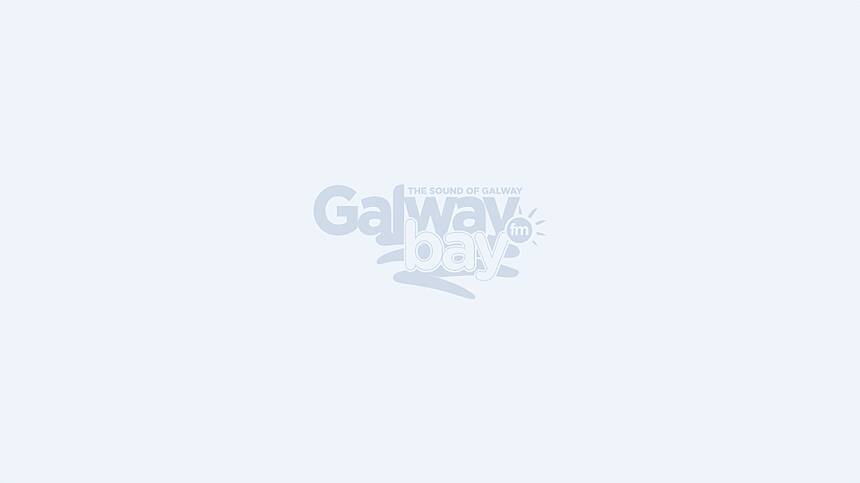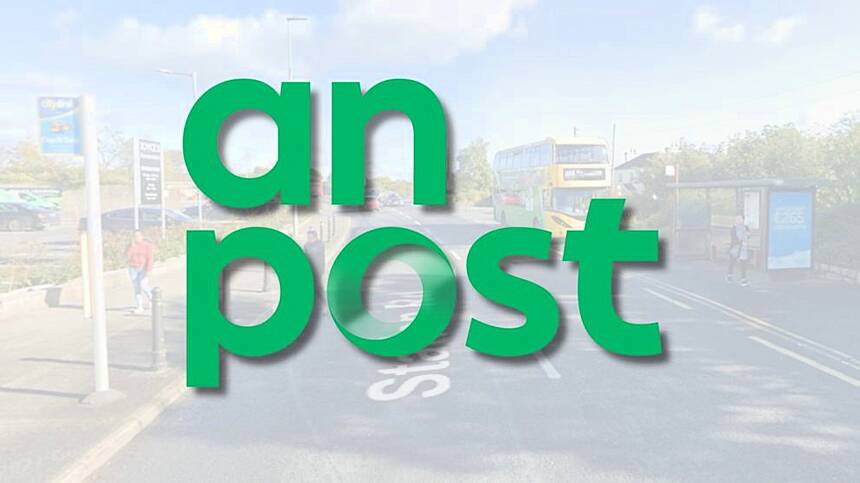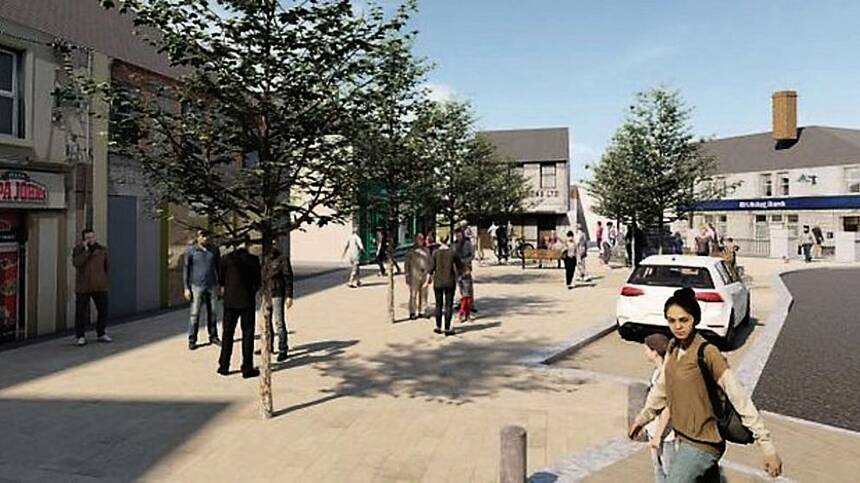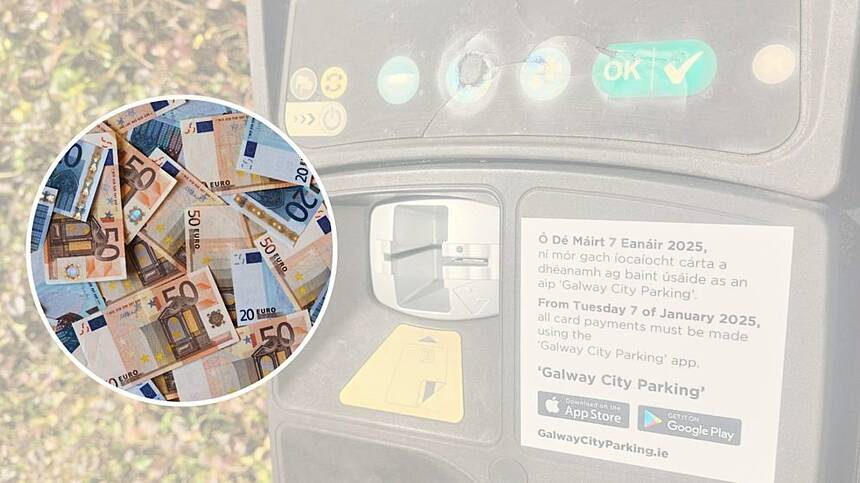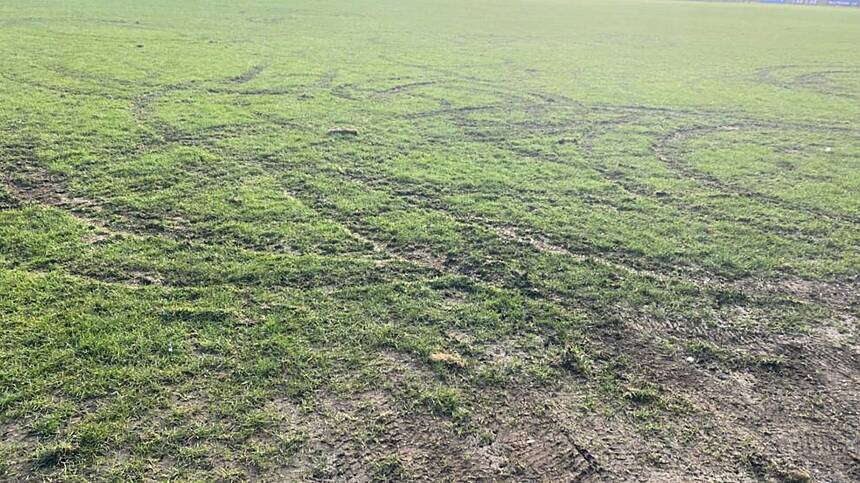Galway Bay fm newsroom - The first report on the remains buried at the former site of the Tuam Mother and Baby Home has put forward five options for the future of the site.
It's also noted the complexities of identifying individual children - and the potential unsuitability of the site for a full excavation.
Children's Minister Katherine Zappone says further geophysical surveys will begin in the coming weeks around the location where infant remains were confirmed last March.
It’s not known exactly how many children and babies bodies were placed in a former septic tank structure at the former Bon Secours home.
Local Historian Catherine Corless estimates that the remains of up to 800 babies could be buried at the site, located within the boundaries of a housing estate on the Athenry Road.
The space which had been occupied by the home itself is now occupied by houses, sheds, a playground, parking area and graveled access way.
To the southeast is a separate garden enclosed by a wall, known locally as the 'memorial garden' - it is here that the Mother and Baby Home Commission of Investigation conducted test excavations over the past two years.
The first report on the former home has now been released - and it notes that the identification of individual children will be a difficult process due the intermixing of remains and the fragile nature of juvenile bones.
It raises questions over the stability of the site and its suitability for deep excavation - as well as the need for further scientific analysis and geophysical surveys, some of which will take place in the coming weeks.
The report puts forward five proposals on the future of the site.
The first suggests no further investigate work be carried out and the site return to it's former status as a managed memorial garden.
The second option outlines the potential to conduct a full archaeological excavation of the site in its entirety and recover all human remains from the memorial garden.
However, it notes that such an operation would be a deep excavation that would very likely cause disturbance to grounds outside of the memorial garden.
A third option suggests an expansion of excavation works - which would establish additional areas of interest based on the collection of further historical records and witness information.
The fourth option outlines the potential for a full excavation of the entire grounds which comprised the former Mother and Baby Home - however, this option is highly unlikely as almost 85 percent of that land is now unavailable.
The final option is a programme of DNA analysis, which is being described as a 'floating option' which may compliment any of the previous options put forward by the expert group.
It adds that the next report will develop these five options with regard to feasibility, requirements, expected outcomes, timelines and estimated costs.
The final technical report on the site of the former Mother and Baby Home in Tuam will be delivered to Minister Katherine Zappone by the end of September.


